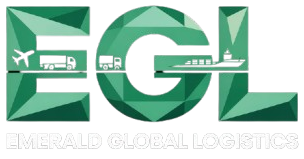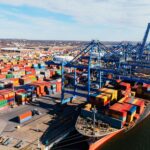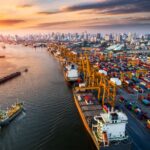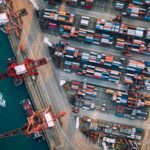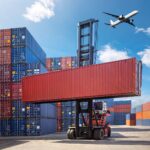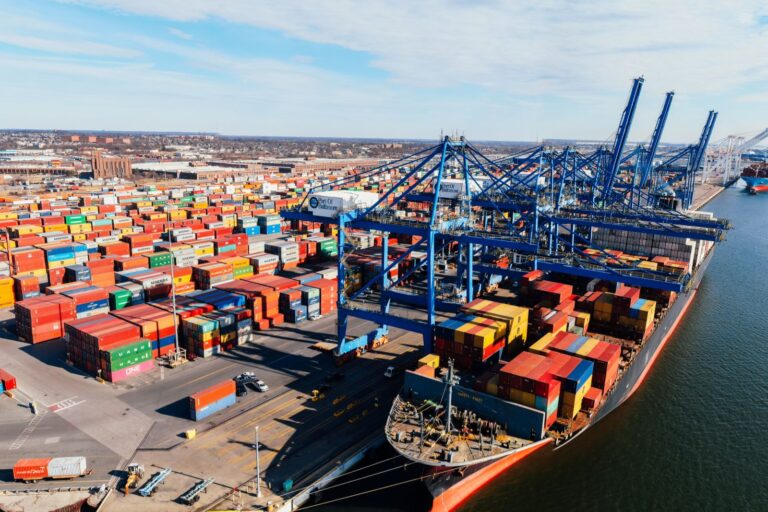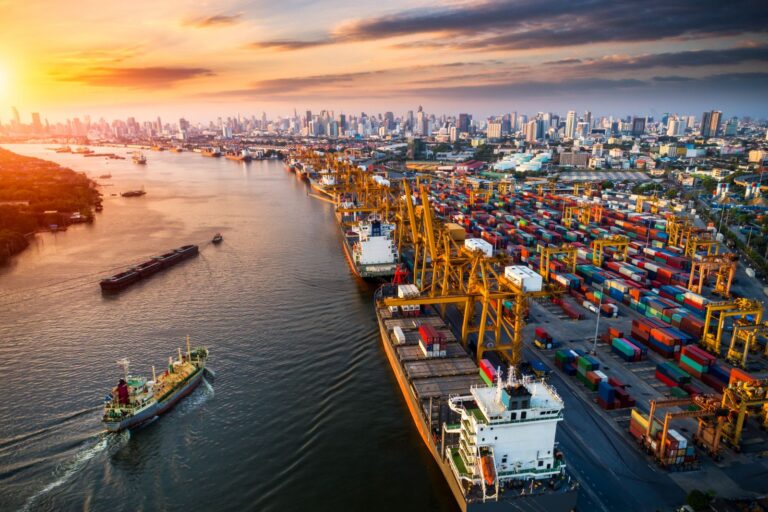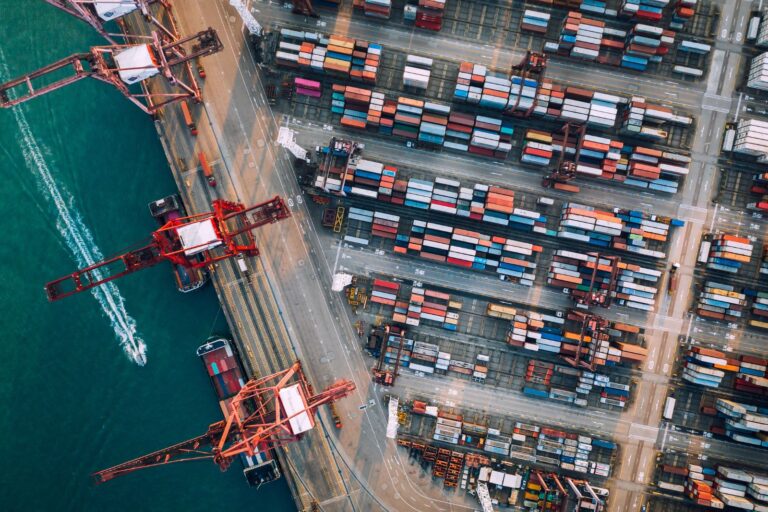Shipping goods internationally requires careful planning, and one of the biggest decisions businesses face is choosing between ocean freight and air freight. Selecting the wrong method can lead to higher costs, delays, or supply chain inefficiencies. Understanding the ocean freight vs air freight comparison helps businesses make informed choices based on budget, timeline, and cargo type.
At EGL – Emerald Global Logistics, we provide expert logistics solutions for businesses across Australia. By evaluating the pros and cons of ocean and air freight, companies can optimise their shipping strategies, reduce costs, and ensure timely delivery. This guide explores key differences, cost considerations, benefits, best practices, and practical examples to help businesses streamline their international logistics operations.
What is Ocean Freight? (H2)
Definition and Scope (H3)
Ocean freight involves transporting goods via cargo ships, typically for international shipments. It is ideal for large volumes, bulky items, or heavy goods that do not require urgent delivery.
Key responsibilities include:
- Booking container space with shipping lines.
- Managing customs documentation and clearance.
- Coordinating port-to-port transport and inland delivery.
- Handling insurance and cargo tracking.
Benefits of Ocean Freight (H3)
- Cost-effective for large shipments: Lower cost per unit for bulk goods.
- Handles heavy and oversized cargo: Ideal for industrial equipment or raw materials.
- Environmentally efficient: Lower carbon footprint per ton compared to air freight.
- Reliable for non-urgent shipments: Regular schedules for international routes.
What is Air Freight? (H2)
Definition and Scope (H3)
Air freight involves shipping goods via cargo aircraft, offering faster delivery for international shipments. It is suitable for perishable, high-value, or time-sensitive products.
Key responsibilities include:
- Coordinating flight bookings with airlines.
- Preparing and verifying air waybills and customs documentation.
- Managing cargo handling, storage, and delivery to final destinations.
Benefits of Air Freight (H3)
- Faster delivery: Ideal for urgent shipments or perishable goods.
- Enhanced security: Reduced handling reduces risk of damage or theft.
- Global reach: Access to almost any international destination with airports.
- Reliable schedules: Frequent flights allow flexible shipping options.
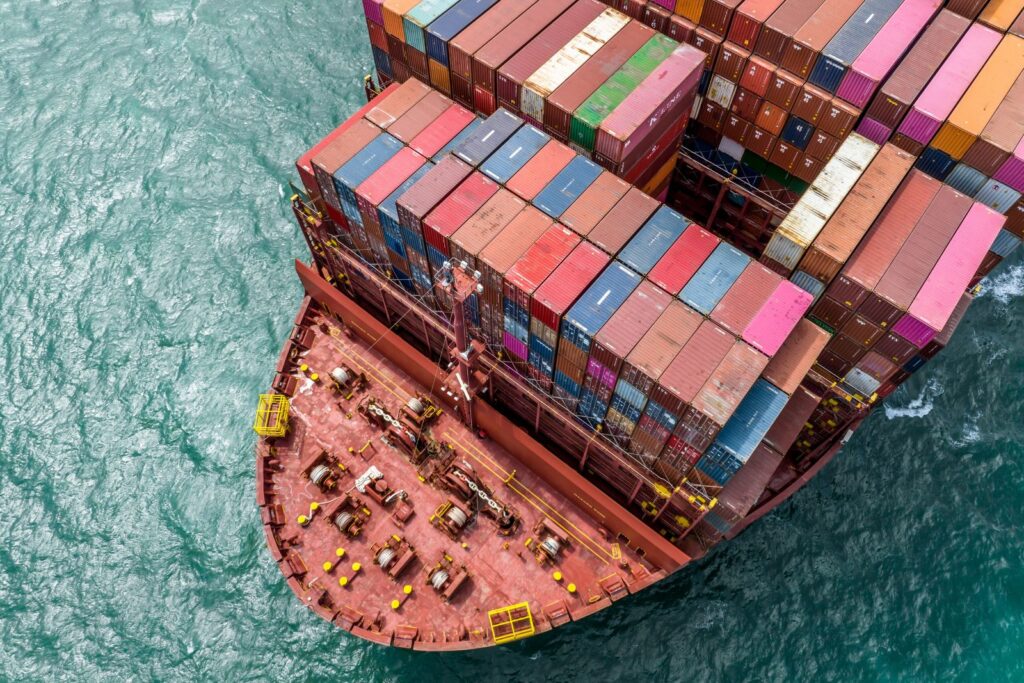
Ocean Freight vs Air Freight: Key Differences (H2)
Speed: Air freight is significantly faster, typically taking 1–7 days, while ocean freight may take 20–40 days for international shipments.
Cost: Ocean freight is more cost-effective for large or heavy shipments, whereas air freight is generally more expensive per kilogram.
Cargo Type: Ocean freight is ideal for bulk, oversized, or heavy goods. Air freight works best for high-value, perishable, or time-sensitive items.
Capacity & Flexibility: Ocean freight accommodates large containers but follows fixed shipping schedules. Air freight has limited capacity but offers frequent flight options and flexible scheduling.
Environmental Impact: Ocean freight is more eco-friendly per ton, while air freight has a higher carbon footprint per shipment.
At EGL – Emerald Global Logistics, we guide businesses in selecting the optimal shipping method based on cargo, budget, and timelines, integrating both ocean and air freight for seamless supply chain solutions.
Step-by-Step Guide: Choosing Between Ocean and Air Freight (H2)
- Assess Cargo Requirements: Determine size, weight, and value of goods.
- Evaluate Delivery Timelines: Decide whether speed or cost is the priority.
- Compare Costs: Calculate total shipping expenses, including insurance and handling.
- Consider Environmental Impact: Factor in carbon footprint if sustainability is a concern.
- Consult Logistics Experts: Partner with providers like EGL to plan an effective shipping strategy.
- Schedule Shipment: Book transport and ensure all documentation is completed.
- Track & Monitor: Use tracking systems for real-time updates on shipments.
Costs and Pricing Insights (H2)
- Ocean freight costs: $500–$5,000 per container depending on volume and route.
- Air freight costs: $2–$10 per kg, varying by cargo type and distance.
- Additional fees: Customs clearance, insurance, fuel surcharges, and handling fees.
- Optimisation tips: Combining air and ocean freight (multimodal shipping) can balance cost and speed.
Tips and Best Practices (H2)
- Consolidate shipments for ocean freight to reduce costs.
- Use air freight for urgent, perishable, or high-value goods.
- Maintain accurate documentation to prevent customs delays.
- Track shipments with logistics management systems.
- Collaborate with experienced providers like EGL for end-to-end solutions.
Common Mistakes to Avoid (H2)
- Choosing air freight for low-priority, bulky shipments.
- Ignoring customs regulations or documentation requirements.
- Underestimating total costs, including insurance and surcharges.
- Failing to consider seasonal shipping delays for ocean freight.
- Overlooking cargo insurance for valuable goods.
Use Cases & Examples (H2)
Scenario 1: A Melbourne exporter shipped large industrial machinery via ocean freight with EGL, saving thousands in transport costs.
Scenario 2: A Sydney-based retailer used air freight for urgent fashion inventory, ensuring timely store restocking.
Scenario 3: EGL helped an eCommerce business integrate a multimodal approach, using air freight for priority items and ocean freight for bulk orders, optimising overall supply chain efficiency.
FAQs (H2)
Q1: Which is faster, ocean freight or air freight?
A1: Air freight is significantly faster, typically taking 1–7 days versus 20–40 days for ocean freight.
Q2: Which is more cost-effective?
A2: Ocean freight is cheaper for large, heavy shipments; air freight is more expensive per kilogram.
Q3: Can businesses combine ocean and air freight?
A3: Yes, multimodal shipping optimises speed and cost.
Q4: Does EGL provide both ocean and air freight services?
A4: Yes, EGL offers integrated solutions for seamless logistics across Australia and internationally.
Q5: Which shipping method is better for perishable goods?
A5: Air freight is ideal due to faster delivery and reduced spoilage risk.
Conclusion & Call-to-Action (H2)
Choosing between ocean freight vs air freight depends on shipment urgency, cargo type, and budget. Ocean freight is cost-effective for bulk or heavy goods, while air freight ensures speed and reliability for high-value or perishable products.
If you’re ready to optimise your shipping strategy and streamline international logistics, contact EGL today for professional support: Contact Us.
Learn more about our services at Home or explore our company background on About Us.
